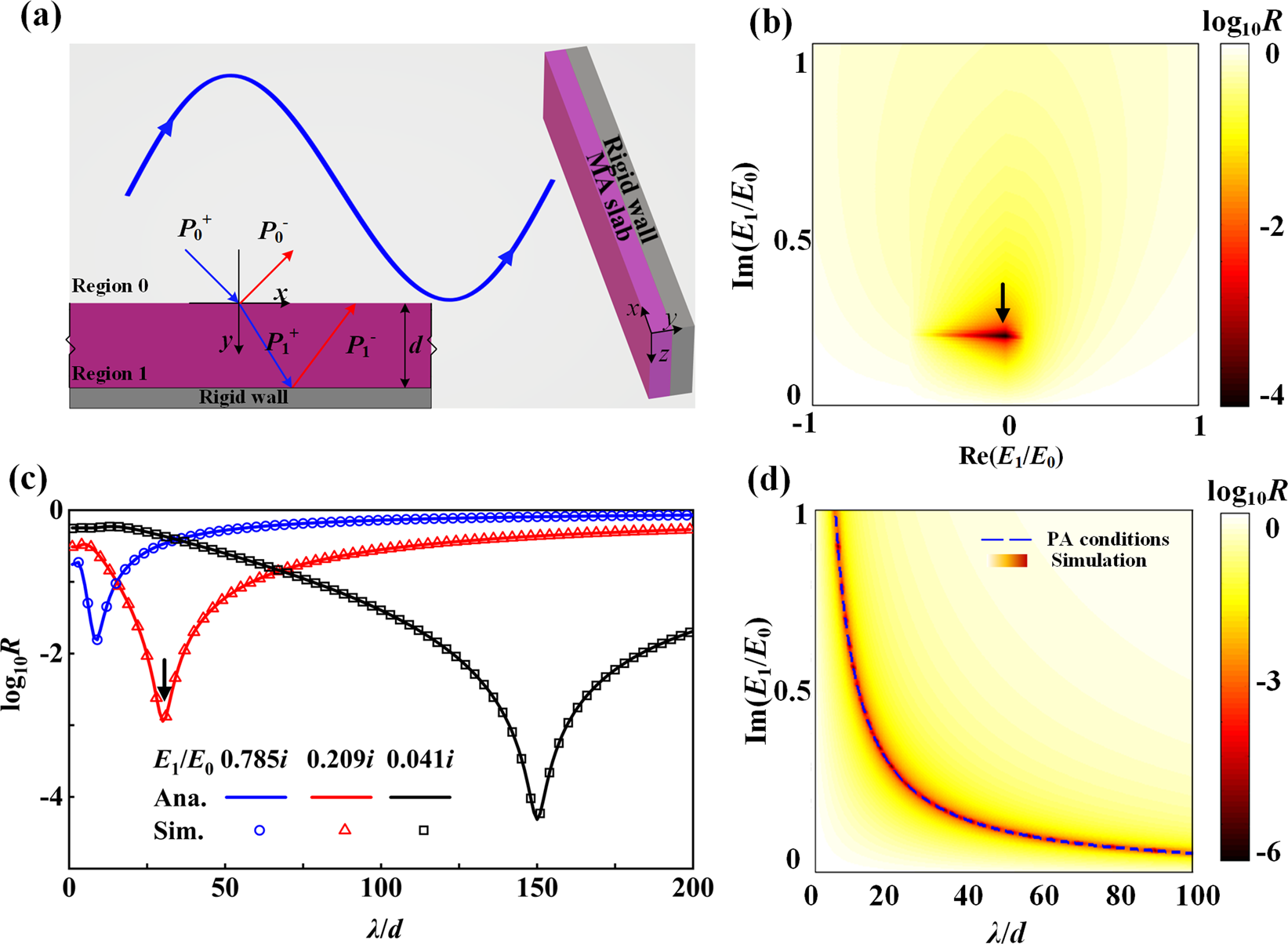

Figure 9: Porous absorbers As you can see, the porous absorber - where it functions best - is very effective, with sound absorption coefficients of up to 100 per cent, in other words completely absorbent Die Tabelle zeigt die gängigen Materialien, die als poröse Absorber eingesetzt werden. Because the dimensions of the pores are small, losses occur due to thermal conduction and viscous frictionĪs mentioned above, porous absorbers are most effective for the mid-range and treble tones, and the sound absorption coefficient is usually as shown in Figure 9. In porous materials the sound propagates in a network of small interconnected pores. This is a model of acoustic absorption by a porous acoustic open cell foam.

Porous absorbers are used widely to treat acoustic problems, in cavity walls and noisy environments to reduce noise and in rooms to reduce. They are materials where sound propagation occurs in a network of interconnected pores in such a way that viscous and thermal effects cause the dissipation of acoustic energy. Michelle’s well sealed environment will need to maintain low humidity levels so she requires 129g Clay Desiccant, 76g Mineral Desiccant, or 121g Silica Gel.įor further guidance about the desiccant types at Pro-Ex, check out our Guide to calculating your Inbox Desiccant needs.Home Porous absorber Porous Absorbers - SoundBridg Michelle inputs the dimensions into the calculator – the order doesn’t matter. Working Example. Michelle has a package of leather goods, bound in plastic with the dimensions 30 cm x 28 cm x 45 cm. Simply click on the Clay Desiccant, Mineral Desiccant or Silica Gel Desiccant to link through to the product. Results will automatically be generated with recommended product quantities displayed.

To use the calculator, simply enter in the Length, Width and Height of your packaging box and we’ll do the rest. The Inbox Calculator has been created to assist you in calculating how many desiccants you require. Plastics may however be less prone to damage from high humidity levels. Food, fabrics and metal are at risk of humidity breeding mould and corrosion. The degree of a goods porosity will impact the humidity levels you would like to maintain. Completely sealed environment uses a VCI or similar moisture barrier packaging, whilst the Well Sealed Environment simply uses plastic wrapping.

The Inbox Calculator was created to assist our customers answer the question, how many desiccants do I need? It takes into account three variables: Guide to calculating Oxygen Absorber needs.Guide to calculating Inbox Desiccant needs.Absorpole Installation & Disposal Guide.Absorgel Pouch (with Humidity Indicator).


 0 kommentar(er)
0 kommentar(er)
